Inspiration June 8, 2020
This article was originally posted on Medium.com.
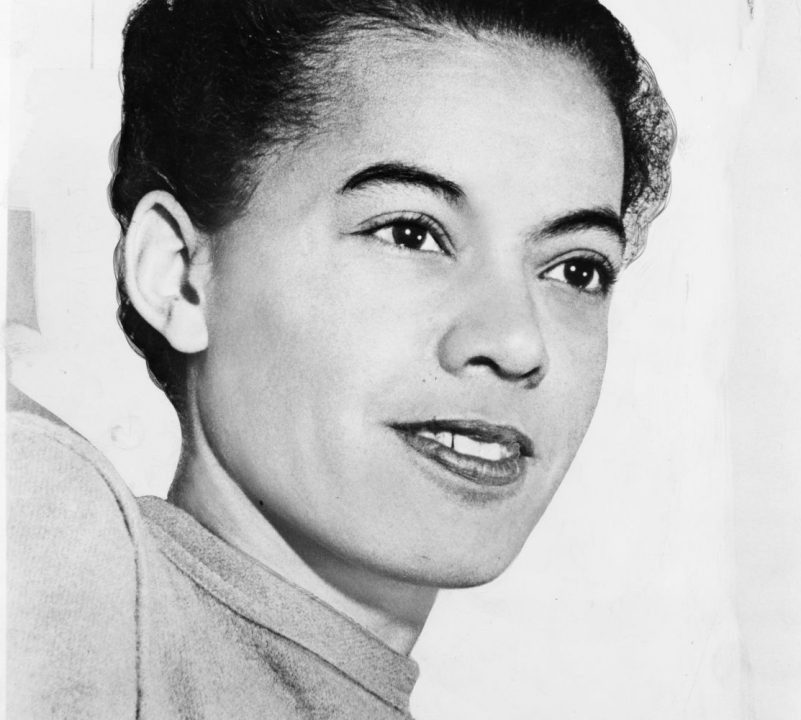

I was shocked to learn about Anna Pauline “Pauli” Murray. I was researching something else in the midst of Black Lives Matter and the current protests, trying to not only educate myself better but to find out what can I do. As an author and historian, I can — and will — shine the light on more African-Americans’ stories in my writing. Women in particular.
Anna Pauline Murray was born in Baltimore, Maryland in 1910. When her mother Agnes died in 1914 of a cerebral hemorrhage she was sent to live with relatives. When she was twelve her father, William a high school teacher was committed to an insane asylum, the Crownsville State Hospital for the Negro Insane, possibly the results of having typhoid fever. From newspaper archives, it seems many patients sent to Crownsville were not actually “insane.” Some were criminals, while others merely the castaways, the rejects from families that did not or could not care for them. Many who died while at Crownsville were buried in anonymous graves on the 500 plus acreage. Lobotomies and other experimental operations would be performed on patients, most likely without their knowledge or consent. William died in the basement after being beaten by a white guard with a baseball bat. Anna would see her father laid out in an open casket the damage visible on his head. It had to have been a haunting and heartbreaking sight.
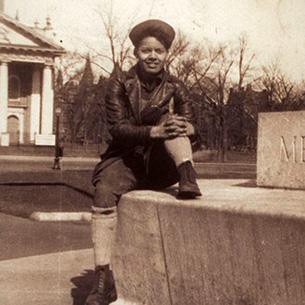
Murray’s ancestry was a mélange of White, Black, Cherokee, enslaved, and enslaver. Her grandmother was the product of an enslaved woman raped by the plantation owner. Anna was ultimately raised in Durham, North Carolina where her home still stands. She would teach herself to read and loved books, in particular, the books of Zane Grey and “The Bobbsey Twins.” She was a smart ambitious child, active in school with the school newspaper and the debate team. Anna was however different. Before there were words for it, she identified as a man, even saying if she knew how to change her sex she would. Sadly, at the time there were no answers for her. This girl who wore boys’ clothes, did “boy things” and had no attraction towards the opposite sex called herself Paul, eventually Pauli.
Pauli loathed segregation. Whenever possible she walked instead of taking public transportation because of its humiliating segregation. She did not want to go to the North Carolina College for Negros. It was in looking for a college that she learned of another kind of prejudice. The colleges she wanted to attend either did not accept women, or she could not afford them. Ultimately, she attended Hunter College in New York, and although it was women only, she would appreciate her education, rising to the top of her class. She worked for the WPA and as a teacher. She published a novel “Angel of the Desert.”
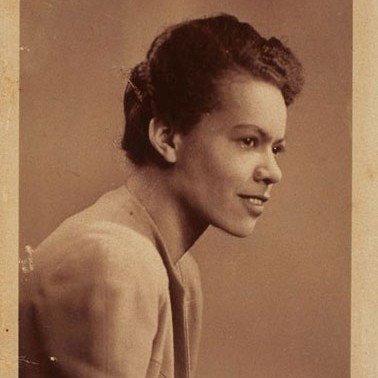

It was in New York where she grew and thrived. She became friends with the African-American poet Langston Hughes. She attended the performances of Duke Ellington and others at the Apollo Theatre in Harlem. She even had a brief, traumatic marriage that lasted a couple of days (it would take longer to have it annulled.) She always felt different. She poured over books in the library searching for an answer to feeling an “in-betweenness” regarding her sexuality. She was not attracted to men. The only things she found were sexual deviants. A hard label to digest for one so intelligent, well-meaning, and passionate to do good. Was she abnormal? She theorized that since she felt male, what if she took hormones to make her feel even more so? Eventually, she would persuade a doctor to give her some.
By the time she graduated in 1933, there were little job opportunities for her, for women, for African Americans in particular. She returned home to North Caroline and applied to the graduate program at the University (which two enslaver forebearers had attended). Still, she was rejected because of the color of her skin.
In 1940, while traveling on a public bus (a mode of transportation she hated because it was “the public humiliation of Black people to be carried out in the presence of privileged white spectators, who witnessed our shame in silence of indifference.” — her words). Changing buses in Richmond, Virginia (there were different state laws regarding segregation and where Black people could sit) the bus driver told Pauli and her girlfriend to get to the Black (and back) section, which was a row or two of cracked, uncomfortable, broken seats. They refused. The pair were arrested, sent to jail, and ordered to pay a fine of forty-five dollars, the charge being disorderly conduct as segregation was heating up and the State wanted nothing to do with stirring that pot.
Eventually, with the help of Thurgood Marshall, (in the future an Associate Justice on the Supreme Court), an African American attorney from Baltimore and Leon Ransom, a Howard law professor she was able to enroll in law school. Howard was made up entirely of males, both the student body and the professors. She was derided for attending law school, which made her determined to crush what she coined, as “Jane Crow” degradation.
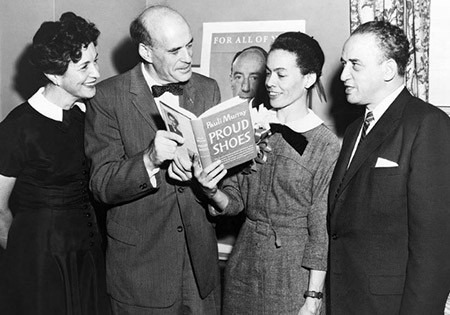

Pauli graduated first in her class. Her next challenge was finding work as a female African American in America in the 1940s. She was turned down right and left. Eventually, the woman’s division of the Methodist Church engaged her to fight segregation in every state where the Church had a parish. She ended up writing a book on segregation.
She was hired by a New York law firm, one of only three women. A summer associate there would meet her and be highly influenced by her. Her name was Ruth Bader Ginsburg. Murray was passionate about civil rights and women’s rights. When Betty Friedan came calling Murray proposed an organization for women’s rights, like the N.A.A.C.P, which would become the National Organization for Women. I bet you didn’t know that it was her idea! She would become disillusioned by how NOW turned out, feeling it fought for the rights of women who were white.
Pauli would have many distinctions. She was the first Black deputy attorney general in California in 1946. “Mademoiselle Magazine” named her Woman of the Year for 1947. In 1971 Pauli co-wrote a law review article, Reed v. Reed, on gender discrimination. It would later be used former summer associate RBG to convince the Supreme Court that the Equal Protection Clause applied to half the population, namely women.
She would have relationships with women, which she felt was perfectly normal since she identified as a man. One of her later biographer’s called her transgender. Her confusion, poverty, depression, and feelings of sexual “in-betweenness” led to several breakdowns. She reached out to doctors to help her. No one had the answers. She would write, “If anyone should ask a Negro woman in America what has been her greatest achievement her honest answer would be, ‘I survived!’” She did more than survive.
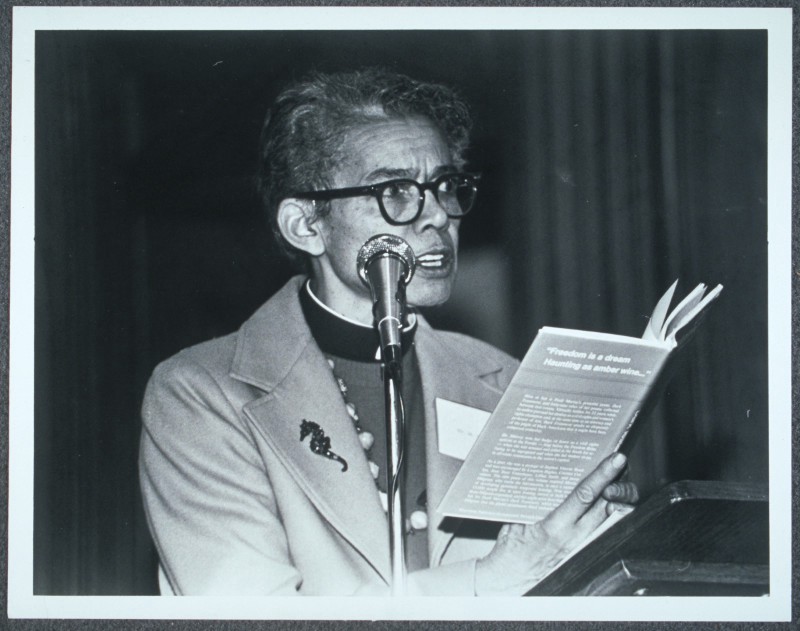

In 1956 she wrote a book about her family origins called “Proud Shoes.” In 1970 she published a collection of poems, “Dark Testament” which she dedicated to her life-long friend Eleanor Roosevelt. In 1977 she became the first African American woman to become an Episcopalian Priest. Pauli Murray, an accomplished woman died in 1985.
How many more stories of courageous, trail-blazing African American woman are we not being taught in school?
Let us end with the words from Murray’s poetry about the fight for freedom:
Then let the dream linger on.
Let it be the test of nations,
Let it be the quest of all our days,
The fevered pounding of our blood,
The measure of our souls –
That none shall rest in any land
And none return to dreamless sleep,
No heart be quieted, no tongue be stilled
Until the final man may stand in any place
And thrust his shoulders to the sky,
Friend and brother to every other man.
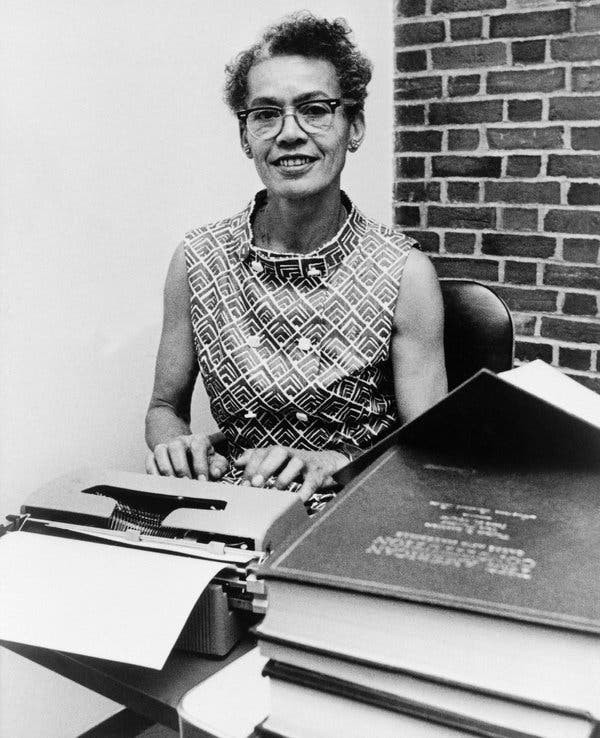

Rather timely, I think. #BLM #BlackLivesMatter #GeorgeFloyd, #pride
Honored for her work inspiring women, in 2020 Zemeckis will be awarded the Ellis Island Medal of Honor in part for “sharing and preserving stories of women who were once marginalized and stigmatized . . .” but due to her work “these women are now celebrated for their independence and personal agency.” The Medal is officially recognized by both Houses of Congress and is one of our nation’s most prestigious awards. Past recipients include Presidents Clinton and Reagan, Elie Wiesel, Sen. John McCain, and HSH Prince Albert II of Monaco.
www.lesliezemeckis.com for more of her work.